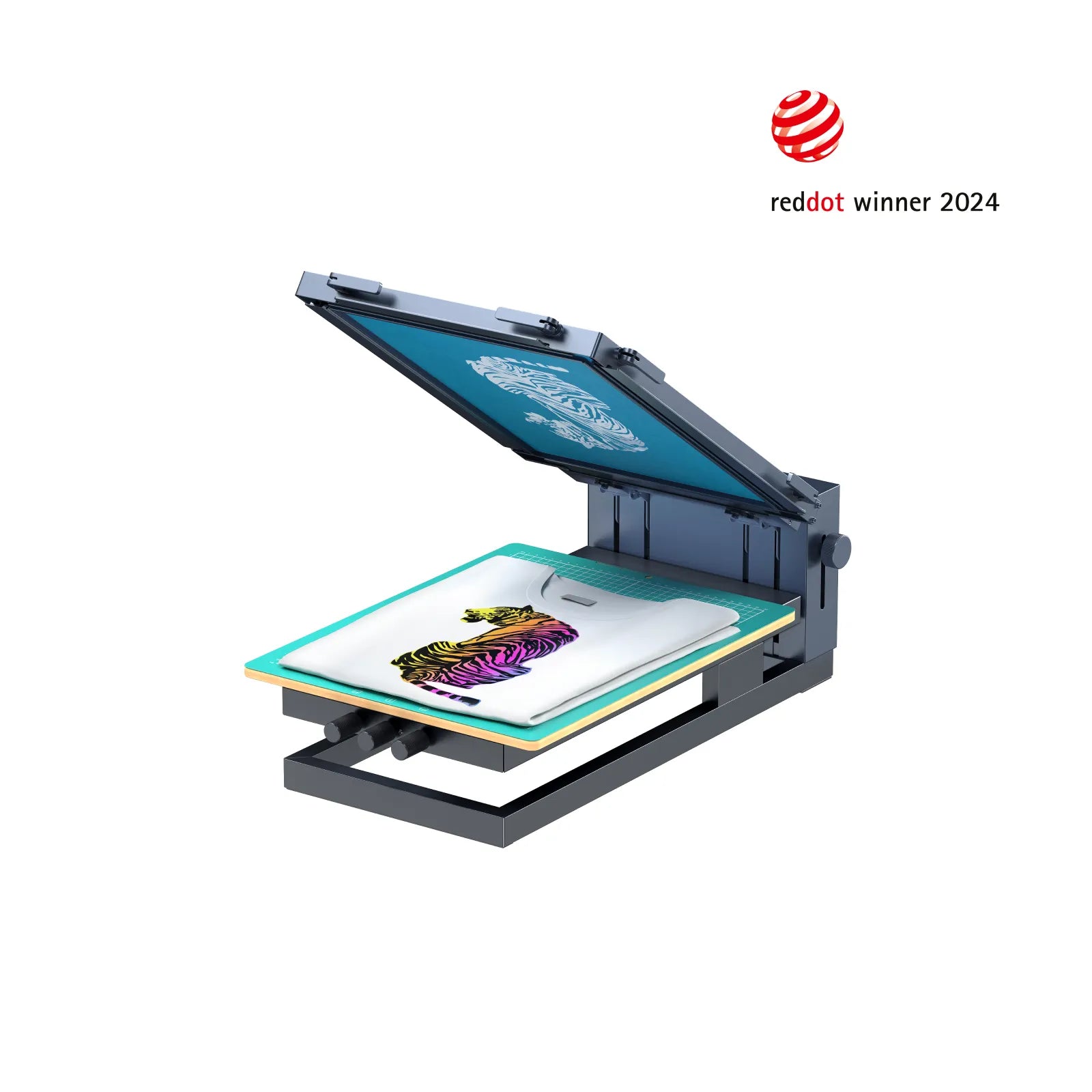The Essential Guide to Recognizing Screen Printing and Its Versatile Uses
Screen printing has an abundant history that goes back to ancient times, progressing into a sophisticated method used throughout various sectors today. This overview explores the details of the screen printing process, describing its applications in home, fashion, and advertising and marketing design - 10:9 Design reviews. Understanding these basics can open creative capacity for both imaginative and industrial projects. The adhering to sections will disclose vital tips and methods to enhance one's screen printing undertakings
The History of Screen Printing
Screen printing has roots that trace back centuries, its development mirrors the artistic and technological developments of different societies. Stemming in ancient China, the technique was initially used for embellishing fabrics and later infect Japan, where it ended up being essential to Ukiyo-e woodblock printing. The technique shifted to Europe in the 18th century, where it acquired popularity amongst artisans and commercial printers. The invention of picture solution in the 20th century changed screen printing, permitting more detailed styles and greater effectiveness. Musicians like Andy Warhol additionally drove its popularity, making use of the tool to create renowned jobs that mixed commercialism and great art. By the late 20th century, screen printing had actually established itself as a functional strategy, utilized in vogue, advertising and marketing, and art. Today, it continues to develop, incorporating digital innovation and broadening its applications across various sectors.
The Screen Printing Refine Explained
Screen printing changes artistic visions into substantial styles through a series of specific steps. A photo is created and then moved onto a screen, normally made of fine mesh fabric stretched over a structure. A light-sensitive solution is related to the screen, which is revealed to light, hardening in locations not covered by the photo. After washing out the unhardened emulsion, a stencil is created.
Next off, the screen is positioned over the substratum, whether it be fabric, paper, or an additional material. Ink is after that pushed via the open locations of the pattern using a squeegee, depositing the style onto the substratum below. This process can be repeated for multiple colors, requiring separate screens for each shade. The published thing is healed using warmth to ensure the ink adheres appropriately, resulting in a durable, dynamic design all set for use.
Sorts Of Screen Printing Techniques

Additionally, specialized methods, such as discharge screen printing, eliminate dye from the fabric to produce softer prints, while aluminum foil screen printing applies metallic aluminum foil to attain a shiny surface (10:9 Design Abilene). Each technique provides unique features, accommodating numerous creative requirements and production scales, ultimately broadening the possibilities within the screen printing domain name
Applications of Screen Printing in Numerous Industries

Additionally, the signs and advertising and marketing sectors use screen printing for developing attractive displays and banners. This method enables strong colors and complex designs that catch attention. In electronics, screen printing is utilized for using conductive inks to circuit boards, vital for element links. Moreover, the home decoration sector accepts screen printing to create unique styles on textiles and wall surface art. In general, screen printing acts as a critical device across diverse areas, improving items with personalized and visually attractive graphics.
Tips for Successful Screen Printing Projects
While embarking on a screen printing project, careful interest to information can significantly enhance the last outcome. Initially, choosing high-quality products is crucial; this includes the screen, inks, and substrates. Utilizing ideal mesh matters can influence ink deposition and information resolution. Prep work is equally i loved this important; comprehensive cleaning of screens and proper exposure times guarantee crisp prints.
Next, accurate registration is critical for multi-color prints. Making use of placement devices can assist accomplish precise layering. Furthermore, testing prints on scrap materials before production aids determine prospective problems without throwing away sources.

Regularly Asked Questions
What Products Are Finest for Screen Printing on Textile?
Cotton and polyester blends are suitable for screen printing on material because of their durability and ink absorption. Furthermore, specialty materials like silk or canvas can generate distinct structures and surfaces, enhancing the total style quality.
Just how Do I Clean and Maintain Screen Printing Equipment?
To maintain and clean up screen printing equipment, one should consistently clean displays with proper solvents, inspect squeegees for wear, oil relocating parts, and shop all products in a completely dry, dust-free atmosphere to prolong their lifespan.
What Are the Environmental Impacts of Screen Printing?
Screen printing can have significant environmental influences, consisting of chemical waste from inks and solvents, water use during cleansing procedures, and energy consumption. Lasting methods and green products are essential for lessening these adverse effects.
Can Screen Printing Be Done in your home Efficiently?
Screen printing can be effectively done at home with the best materials and strategies. Hobbyists can develop high quality prints, though success relies on their ability degree, tools, and understanding of the procedure included.
What Are the Costs Connected With Starting a Screen Printing Organization?

Beginning a screen printing business entails costs for devices, products, and work space. Initial expenditures normally vary from a couple of hundred to several thousand bucks, depending on the scale, top quality of machinery, and preferred manufacturing ability.
Screen printing has a rich history that dates back to old times, Related Site progressing right into an advanced technique made use of across different sectors today. An additional technique, rotary screen printing, utilizes round screens, promoting continual printing on fabric rolls, thus enhancing effectiveness for pop over to these guys large productions. Additionally, specialized methods, such as discharge screen printing, get rid of dye from the material to produce softer prints, while aluminum foil screen printing uses metallic aluminum foil to accomplish a glossy surface. In the fashion industry, screen printing is commonly utilized to create lively designs on garments, allowing brands to showcase their one-of-a-kind designs. Cotton and polyester blends are optimal for screen printing on textile due to their longevity and ink absorption.